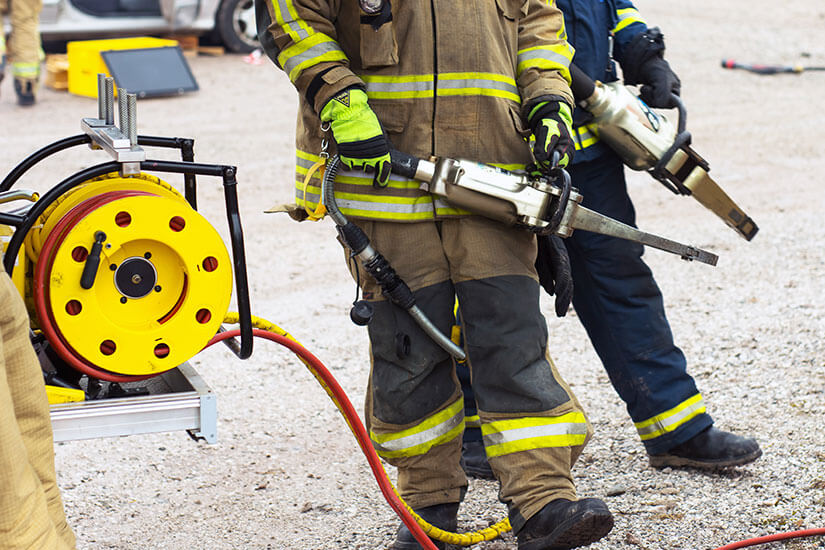7 Unforeseen Potential Hazards Of Confined Space Entry
7 Unforeseen Potential Hazards Of Confined Space Entry
August 4, 2022 |
A confined space is a mostly enclosed area where the dangerous substances and conditions within or surrounding it have the potential to cause serious harm. Confined areas include enclosures with small or very few openings, such as sewers, drains, tanks, ditches, unaired rooms, or structural voids. It’s crucial to tread carefully as your movements will be constricted in that small space. As a result, you may struggle to exit the space and any present hazards will have far more severe or even lethal consequences. If you’re looking to understand the risks of entering confined areas, here are the seven main potential hazards of confined space entry you need to be aware of.
Challenging Entry and Exit Points
Confined spaces can be dangerous and also very difficult to enter. This also makes it highly challenging to leave and makes emergency rescues tough for confined space rescue teams. Therefore, it’s crucial to verify if the work can be done safely prior to entry, and that proper emergency plans are in place.
Oxygen Deficiency
In a confined space, organic processes can deplete the oxygen in the atmosphere. Rainwater and limestone, as well as specific soils and air, can react to release carbon dioxide, which removes oxygen from the atmosphere. The formation of rust inside tanks can also result in an oxygen deficiency.
Fire and Explosions
The risk of fire and explosions in confined spaces is amplified by the presence of combustible particles, chemicals, vapors, and fumes inside. Any heat-producing activities or spark-producing equipment that might ignite, further increases this risk. Moreover, just as oxygen deficiency is a hazard, excess oxygen is also hazardous as it adds to the danger of fire and explosions erupting.
Toxic Vapors and Gases
Confined spaces are particularly susceptible to the accumulation of toxic vapors and gases due to poor ventilation. Deadly gas leaks from contaminated soils or ruptured gas pipes can permeate the confined area. Toxic fumes can also be produced by activities like soldering, painting, or sealing with adhesives. In the absence of air ventilation or filtration, these vapors and gases have the tendency to create a highly hazardous environment in confined spaces.
Excessive Dust
In confined spaces, dust can accumulate naturally or as a result of the work being done, such as grinding or drilling. Inhaling too much dust can lead to lung issues, and toxic dust can even be fatal. Dust accumulation can also increase the risk of a fire or explosion erupting, especially in unventilated areas.
Harsh Temperatures and Humidity
Due to the restricted nature of a confined space, heat can build up very quickly. The extremely hot and humid environment coupled with demanding physical work can cause a severe spike in one’s body temperature. This can make it difficult for workers to exit a confined space even under ideal circumstances, and they may even suffer from dehydration, heat stroke, fatigue, or fainting spells.
Flood and Burial Risks
In drainage and sewage systems, particularly, water can rapidly fill the confined space, shutting people inside and possibly drowning them. As confined areas are so compact, flooding can happen instantly, allowing no time for evacuation. Solid sediments can also inundate confined places and put workers inside at risk of becoming stuck or buried, such as in the case of collapsed tunnels.
